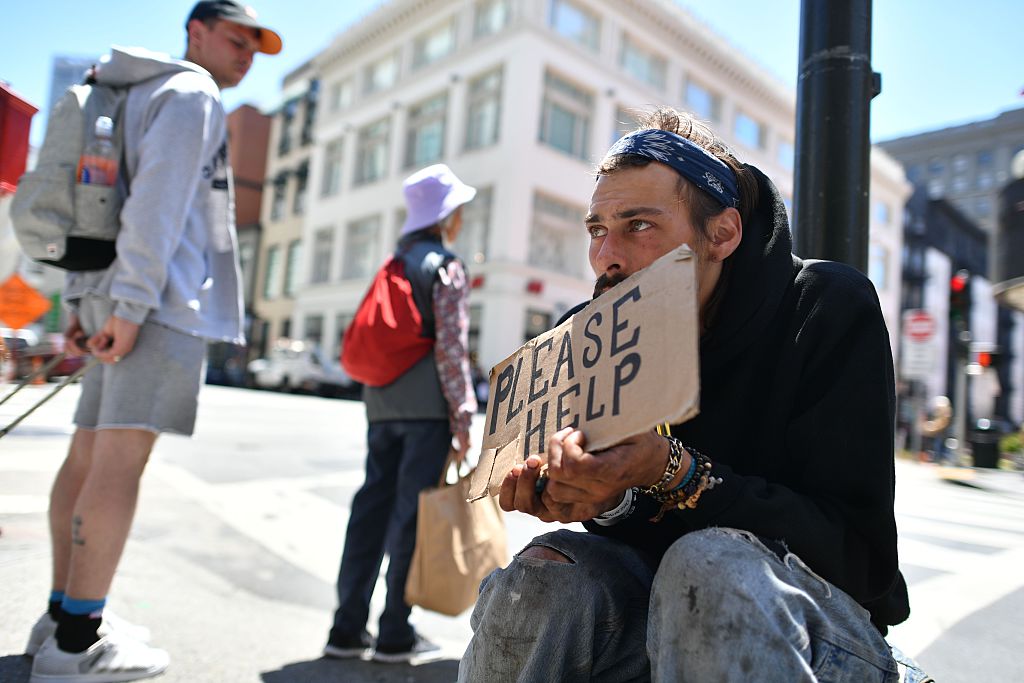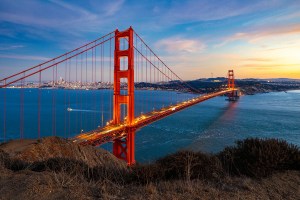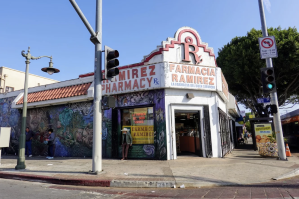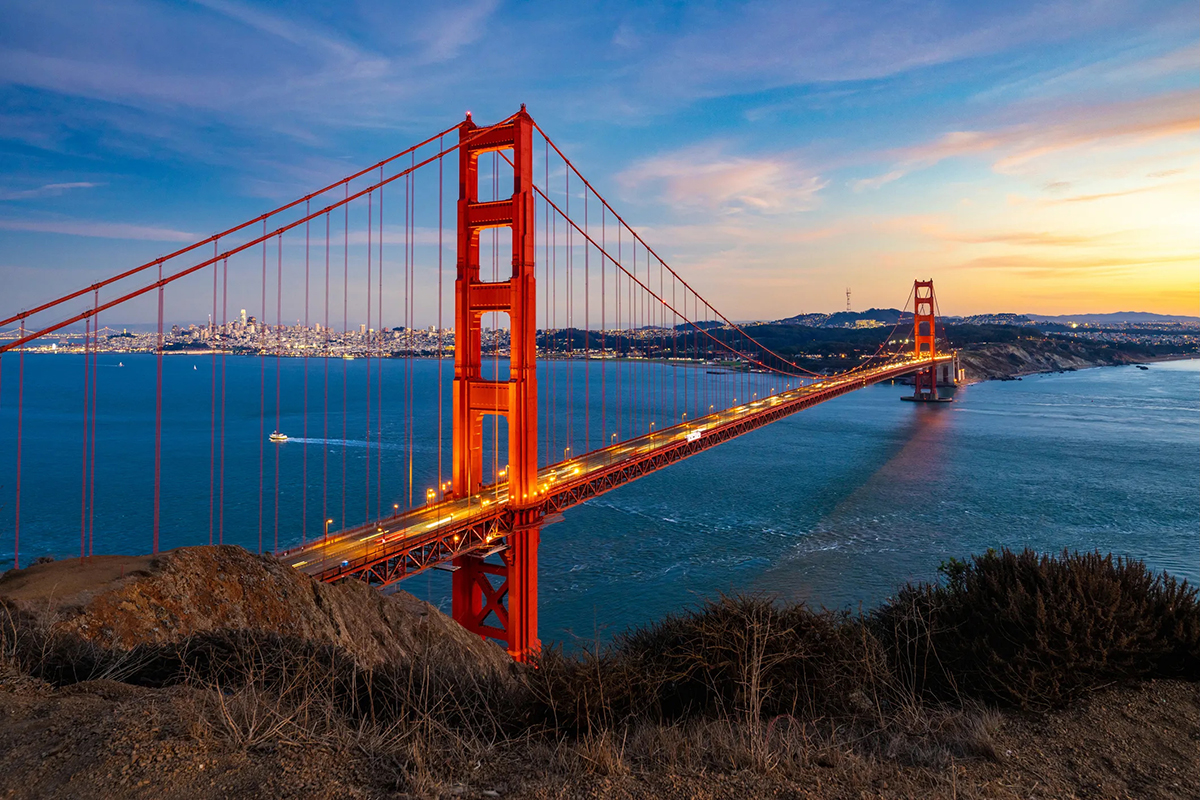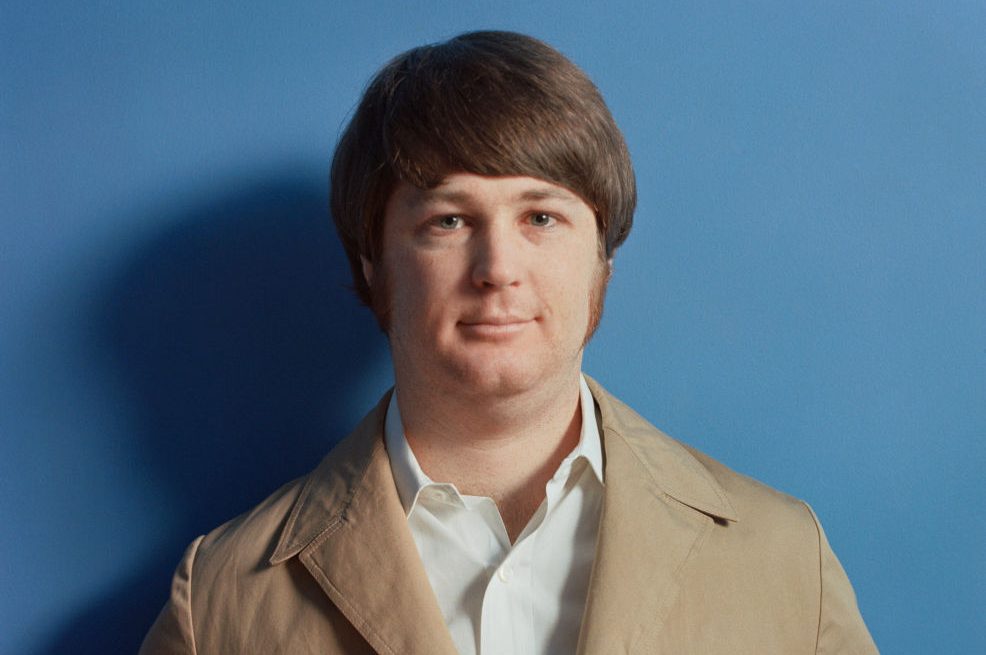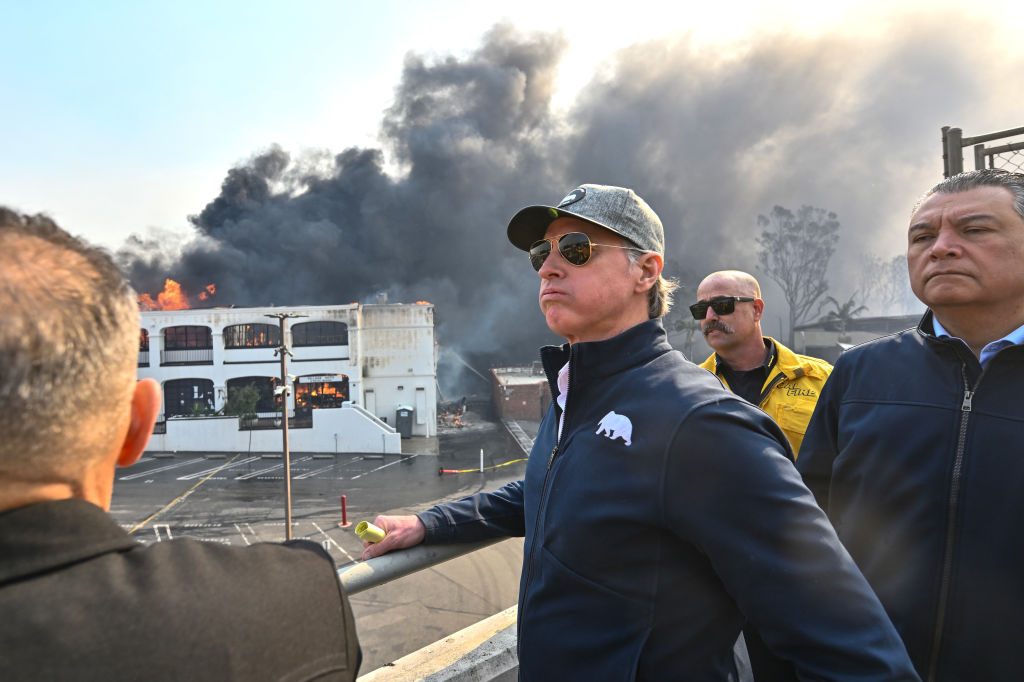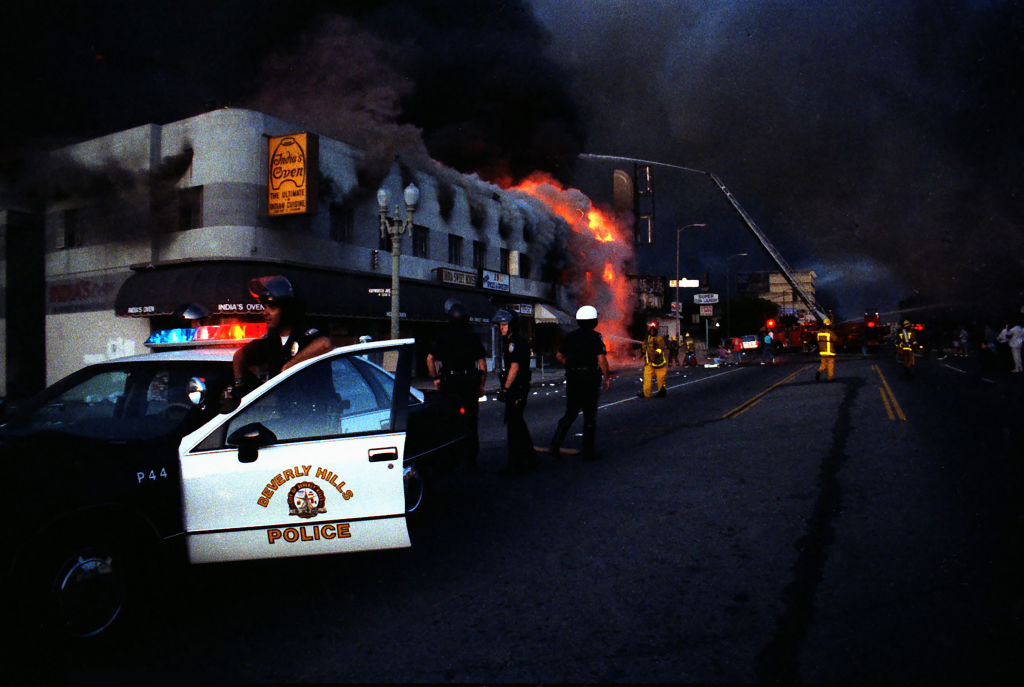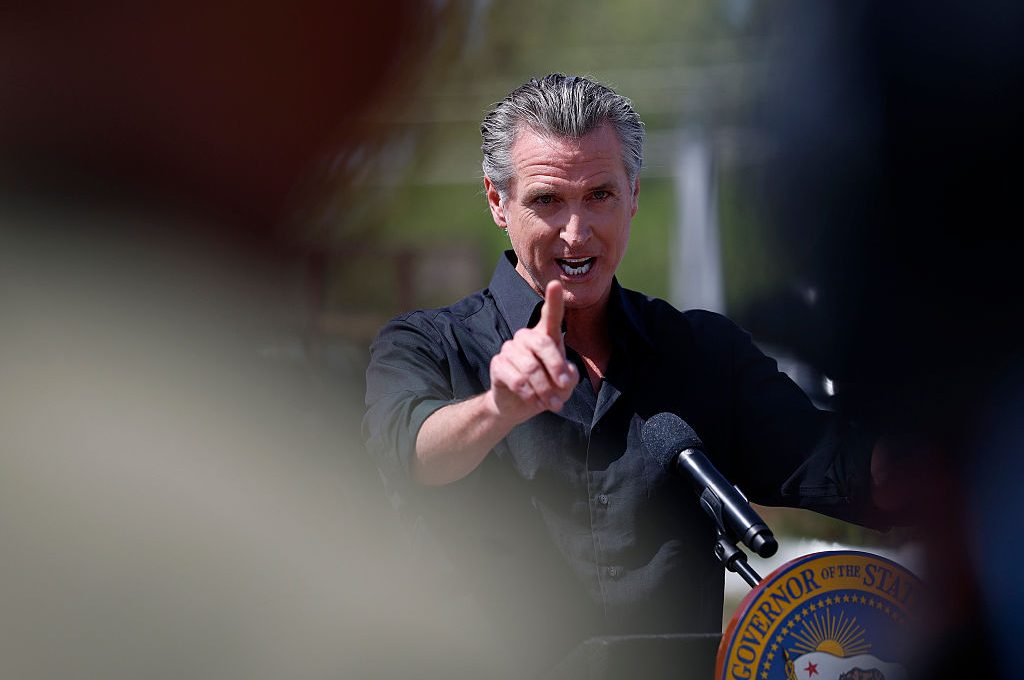About ten years on from the first appearance of a San Francisco “poop map,” which documented human waste incidents on the city’s streets, the Bay Area gem is struggling more than ever. It boasts a 25.7 percent office vacancy rate, nearly ten percentage points higher than the average rate across the United States. The city’s population fell significantly during the pandemic. Property crime rates are the highest of any city in the country. The streets are filled with homeless encampments that foster grime, drug abuse, sexual assault and violence. Just a few days ago, fashion retailer Nordstrom closed its five-level store in San Francisco after thirty-five years of business. The store had been a fixture of the city’s downtown area.
The “dynamics of the downtown San Francisco market have changed dramatically over the past several years, impacting customer foot traffic to our stores and our ability to operate successfully,” the store said in a statement this past May.
Experts fear the city is in an “urban doom loop,” wherein the exodus of people and businesses from an urban center leads to a rise in crime and homelessness. The city’s downturn causes even more divestment, trapping it in a vicious cycle of degradation.
Frustrated with the San Francisco government’s apparent inability to tackle the problem, an anonymous city commissioner created an Eventbrite page offering a walking tour of the “Downtown Doom Loop.” Tickets were sold for $30 a pop, with proceeds being donated to an unnamed non-profit, and the event sold out.
“You’ve read the headlines, you’ve seen the tweets, now get close and personal to the Doom and Squalor of downtown San Francisco!” the event description read. “The tour will start at City Hall, and continue through Mid-Market, the Tenderloin and Union Square. We will view the open-air drug markets, the abandoned tech offices, the outposts of the nonprofit industrial complex and the deserted department stores.”
The anonymous guide offered that participants would “discover the policy choices that made America’s wealthiest city the nation’s innovative leader of housing crisis, addiction crisis, mental health crisis & unrepentant crime crisis.”
The tour, which was roundly criticized by other city officials who complained that it made the city look bad, did not happen. The anonymous official canceled the event, explaining that it had received too much media attention for him to be able to keep his anonymity. He was outed anyway as Alex Ludlum, a member of the city’s Commission on Community Investment and Infrastructure after emails associated with the Doom Loop tour revealed his association.
“I regret that my attempt to bring attention to the deplorable street conditions & rampant criminality in my neighborhood has been misconstrued as a mockery of suffering individuals,” Ludlum asserted.
Even though the event was canceled, dozens of people still showed up hoping to see the San Francisco squalor. Instead, they were offered to join a tour hosted by Project Tenderloin, a local nonprofit. Project Tenderloin organized its tour at the same time as the Doom Loop tour in order to give an alternative “positive” view of the city. There were about seventy total participants.
While the opposition tour pointed out affordable housing high rises and theaters hosting Broadway shows, participants still walked past stench-filled tent cities, homeless folk smoking fentanyl and everything else that was advertised on the original Doom Loop tour.
“One of their stops, the Civic Center district, was eerily empty except for half-baked drug addicts bent over after taking a hit on fentanyl and other drugs,” the New York Post reported. “As the tour group walked past shuttered stores such as the Whole Foods grocery store on Market Street, drug deals were happening in broad daylight. A homeless man yelled at some in the group as they passed by the encampments.”
Del Seymour, a local activist who has been described as the Mayor of Tenderloin by residents, claimed that the homeless encampments exist because they are what “we have offered them to live and we haven’t offered any alternatives.”
Yet studies indicate that 54 percent of homeless San Franciscans reject entering shelters when offered.
A federal injunction currently prohibits city officials from forcing people out of public spaces until the number of shelter beds increases, while the decriminalization of drug abuse and shoplifting means jail time can no longer be used as an incentive for people to get clean.
California has thrown billions of dollars at the homeless crisis over the past decade, but the problem has only gotten worse. Left-wing activists will blame the crisis on the lack of affordable housing, but even when homeless residents are given temporary places to live, it doesn’t solve the underlying problems of mental illness and drug addiction. San Francisco hotels that served as emergency shelters during the pandemic are seeking millions in damages caused by their new tenants. The Hotel Whitcomb received $19.5 million for damages it sustained during the housing program. At least eighteen people reportedly overdosed at the property.
“When we rapidly housed 3,700 people, we were aware that some of them would be tough customers,” supervisor Aaron Peskin said.
That’s putting it lightly.
Washington, DC has spent the year using legal prohibitions on camping on national park land to clear many of its homeless encampments. But even then, they are merely displaced to other areas. No one seems to want to do the hard thing, least of all San Francisco, which is compelling people who are living in horrid conditions to receive treatment or shelter.



